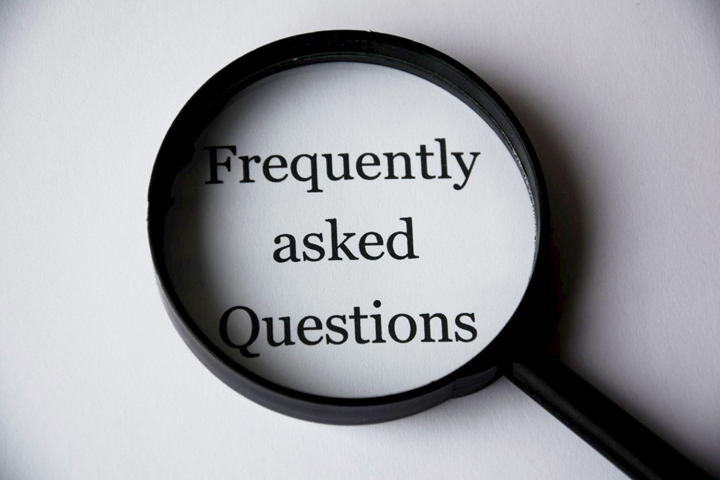It is rarely too late to treat a person. We have 90-year-olds who have improved their bones and reduced their risk of further fractures while regaining their independence. A person is never too young or too old to be diagnosed and treated. An example of this is the letter below we received from a son regarding his mother. His mother had broken multiple bones in her back and become wheelchair-bound.
“I wanted to thank your organisation for the help and guidance I received from you regarding my mum’s Osteoporosis.
The improvement has been substantial, and together with the practical steps, we took to adapt her house, her quality of life has improved substantially to the point that she is mobile and active again. We recently took her to Bath, U.K. to celebrate her 90th birthday and she will go on a Mediterranean cruise with my sister next month!
My Mum and I are extremely grateful for your guidance that has truly given her a new lease on life.
Well done and keep up the great work”.
Best Regards,
Vincent C

